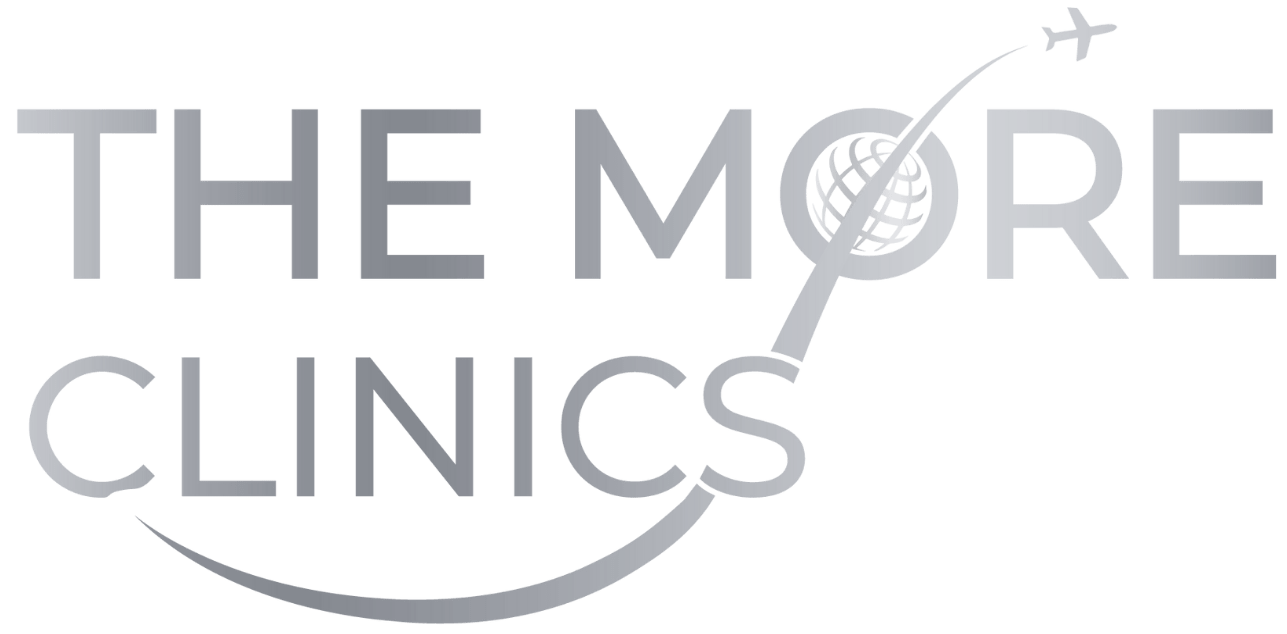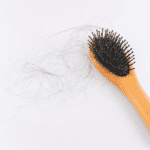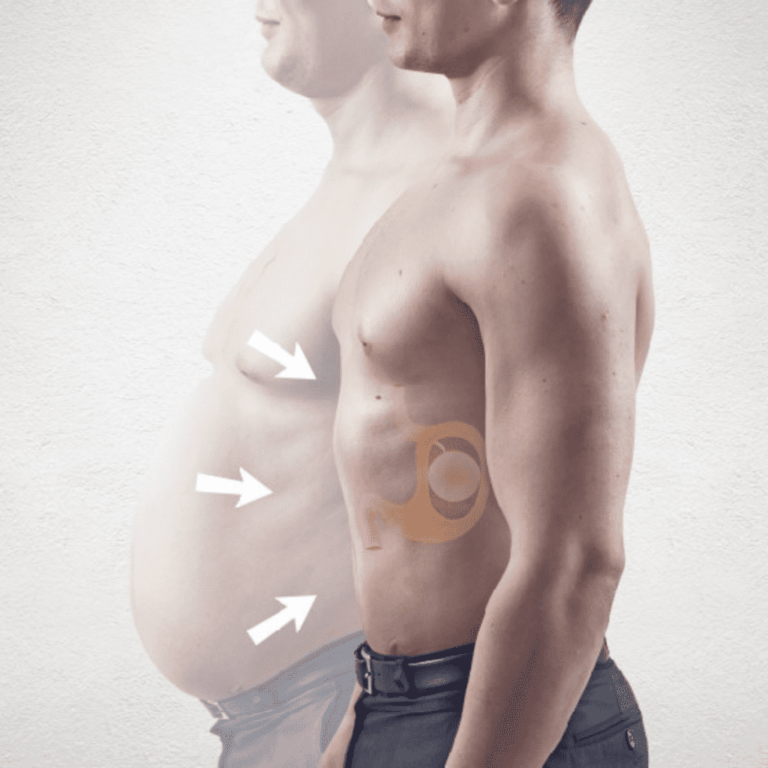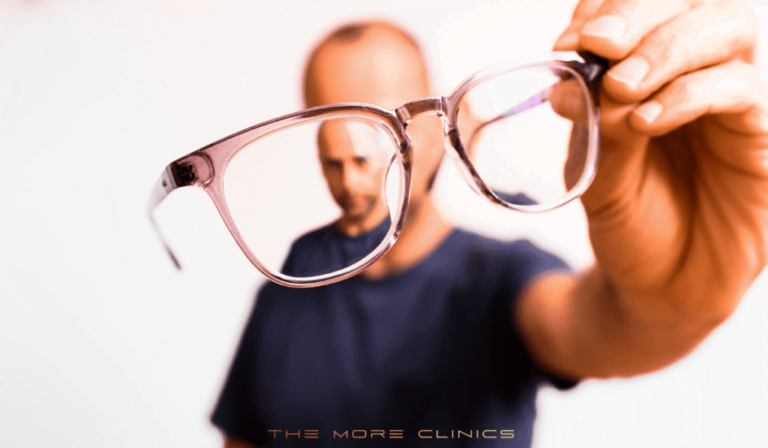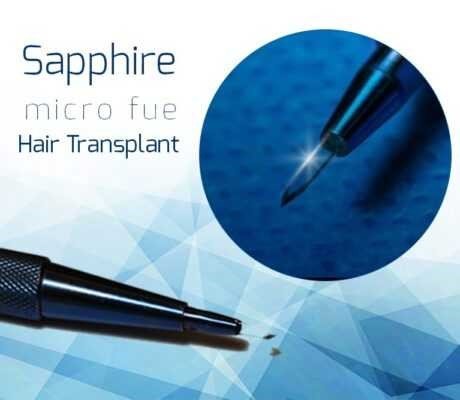Comprehensive Guide to Beard Transplant
A well-groomed beard can significantly enhance a man’s appearance and boost his confidence. For men struggling with patchy or thin facial hair, a beard transplant can offer an effective solution. This comprehensive guide by The More Clinics provides all the details about this transformative procedure. Bonus by The More Clinics: Beard Transplant in Turkey, Antalya.
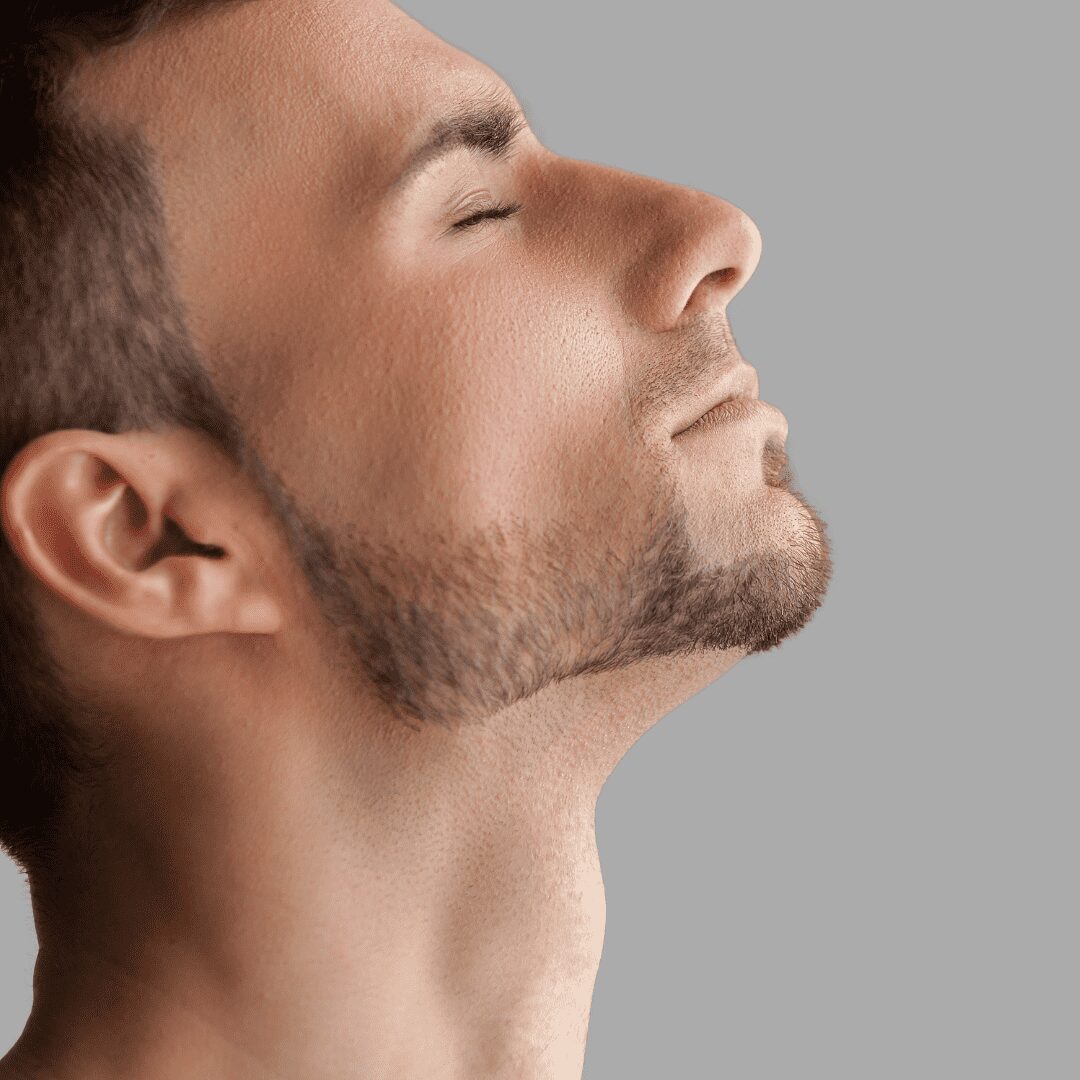
Understanding Beard Transplants
A beard transplant is a surgical procedure that involves transplanting hair follicles from one part of the body (usually the back of the scalp) to the beard area. The procedure ensures a fuller, denser beard, providing a natural-looking result.
What is a Beard Transplant?
A beard transplant is a surgical procedure that aims to restore or enhance facial hair in individuals with thin or sparse beard growth. It involves the transplantation of hair follicles from a donor site to the recipient area on the face. The transplanted hair follicles typically come from the back or sides of the scalp, which are genetically programmed to be resistant to hair loss.
How Does it Work?
The transplanted hair follicles continue to grow in their new location, just like they would in their original site. The growth is permanent and follows the natural hair growth cycle. Within a few months, the transplanted hair starts to grow, and over time, it thickens, providing a fuller and more aesthetically pleasing beard.
How Much Does Beard Transplant Cost: Read Our Cost Guide for Beard Transplant.
Who is an Ideal Candidate for a Beard Transplant?
Not everyone is an ideal candidate for a beard transplant. While the procedure can work wonders for most individuals, certain factors determine whether you are suitable for the surgery. Let’s explore these factors:
- The Desire for a Fuller Beard
If you have a patchy or thin beard and desire a fuller and more robust facial hair, a beard transplant might be the perfect solution for you. The beard transplant Turkey can help fill in the gaps and create a denser appearance, enhancing your overall facial aesthetics.
- Adequate Donor Hair Availability
An essential factor in determining candidacy for a beard transplant is the availability of sufficient donor hair. The surgeon needs a healthy supply of hair follicles to transplant to the beard area. Typically, individuals with good hair density at the back or sides of the scalp make ideal candidates.
- Good General Health
To undergo a beard transplant, it is crucial to be in good general health. The surgical procedure requires local anesthesia, and the recovery process involves some level of post-operative care. Having good overall health ensures a smooth surgery and facilitates a speedy recovery.
- Realistic Expectations
Having realistic expectations is vital when considering a beard transplant. While the procedure can significantly improve the density and appearance of your beard, it’s essential to understand that individual results may vary. Discussing your goals and expectations with your surgeon during the consultation process can help set realistic expectations and ensure a satisfying outcome.
The Beard Transplant Procedure
At The More Clinics, the consultation process is an essential step in your journey of beard transplant Antalya Turkey. During this initial assessment, the surgeon will evaluate your specific needs, discuss your goals, and determine if you are a suitable candidate for the procedure. Let’s take a closer look at what you can expect during the consultation:
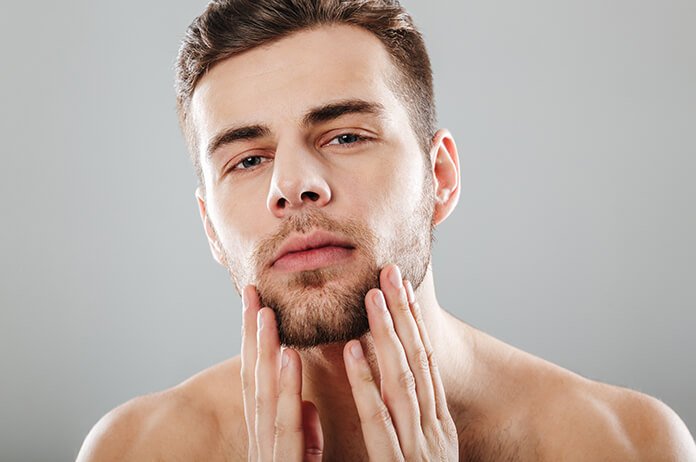
Initial Assessment
During the initial assessment, the surgeon will examine your beard area, assess the density, and evaluate the extent of hair loss or patchiness. They will also examine the donor area to ensure an adequate supply of healthy hair follicles. This assessment helps the surgeon tailor the treatment plan to your unique needs.
Discussion of Expectations
An open and honest discussion about your expectations is crucial. You will have the opportunity to share your desired beard style, discuss the level of density you wish to achieve, and ask any questions you may have. The surgeon will provide you with realistic insights into what can be accomplished and offer guidance based on their expertise.
Personalized Treatment Plan
After assessing your needs and understanding your goals, the surgeon will create a personalized treatment plan for your beard transplant. This plan will outline the number of hair grafts required, the proposed hairline design, and any additional recommendations based on your specific case. The surgeon will also explain the anticipated timeline for the procedure and recovery.
Benefits of a Beard Transplant
Here are some compelling reasons to consider a beard transplant:
- Natural Results: The transplanted hair grows naturally, offering authentic, long-lasting results.
- Enhanced Appearance: A full, well-groomed beard can dramatically improve your appearance and boost your self-confidence.
- Permanent Solution: Unlike temporary solutions like beard fillers, a beard transplant offers a permanent solution to thin or patchy beards.
Preparing for Your Beard Transplant
Once you have decided to proceed with a beard transplant, proper preparation is essential to ensure the best possible outcome. Here are some guidelines to follow before your procedure:
Pre-Procedure Guidelines
Your surgeon will provide you with specific instructions to follow in the days leading up to your beard transplant. These instructions may include avoiding certain medications, stopping smoking, and refraining from alcohol consumption. It is crucial to adhere to these guidelines to minimize the risk of complications and optimize the results.
Medication and Supplements
Inform your surgeon about any medications or supplements you are currently taking. Some medications, such as blood thinners, may need to be temporarily discontinued before the surgery to reduce the risk of excessive bleeding. Your surgeon will provide you with detailed instructions regarding any necessary adjustments to your medication regimen.
Smoking and Alcohol Consumption
Smoking and alcohol consumption can negatively impact the healing process. It is advisable to refrain from smoking and consuming alcohol in the weeks leading up to your beard transplant. Doing so can enhance the success of the procedure and promote faster healing.
Shaving and Hair Length
On the day of your beard transplant, it is essential to have a clean-shaven face. The surgeon will need a clear view of the recipient area to perform the procedure accurately. Shaving also ensures that the transplanted hair blends seamlessly with the existing beard. It’s recommended to shave the night before or on the morning of your surgery.
Step by Step Beard Transplant Antalya Turkey
Now that you’re familiar with the preparation process, let’s delve into the actual procedure of a beard transplant. The beard transplant procedure typically involves several steps, each crucial to achieving natural and satisfactory results. Here’s an overview of the step-by-step process:
- Anesthesia and Comfort Measures
Before the procedure begins, the surgeon will administer local anesthesia to ensure your comfort throughout the surgery. This anesthesia numbs the donor and recipient areas, eliminating any pain or discomfort during the transplantation process.
- Donor Hair Extraction
Once the anesthesia has taken effect, the surgeon will proceed with the extraction of donor hair follicles. The extraction technique used may vary, but two common methods are follicular unit extraction (FUE) and follicular unit transplantation (FUT). In FUE, individual hair follicles are extracted one by one using a specialized instrument, leaving minimal scarring. In FUT, a strip of hair-bearing skin is removedfrom the donor area, and the individual follicular units are dissected for transplantation.
- Recipient Site Creation
After the donor hair extraction, the surgeon will create tiny incisions in the recipient area of the beard. These incisions are strategically placed to ensure proper angulation and density, resulting in a natural-looking beard. The surgeon’s expertise in creating the recipient sites plays a crucial role in achieving the desired outcome.
- Implantation of Hair Follicles
With the recipient sites prepared, the surgeon will meticulously implant the extracted hair follicles into the incisions. There is 2 methods available for this procedure: DHI Implantation and Fue Implantation. This process requires precision and attention to detail to ensure the proper orientation and distribution of the transplanted hairs. The surgeon will carefully place each follicle to achieve a natural beard growth pattern.
Post-Procedure Care and Beard Transplant Recovery
Once the implantation process is complete, the surgeon will provide you with post-procedure care instructions. This may include the use of antibiotics or other medications to prevent infection and promote healing. It’s important to follow these instructions diligently to optimize your recovery and achieve the best possible results.
Aftercare and Recovery
Post-procedure care is crucial for successful results. This includes avoiding strenuous activities, keeping the area clean, and following all aftercare instructions provided by our team at The More Clinics.
The success of your beard transplant Turkey relies heavily on proper aftercare. Following the post-operative instructions provided by your surgeon is crucial to promote healing, prevent complications, and ensure the long-term success of your beard transplant. Here are some essential aftercare guidelines to follow:
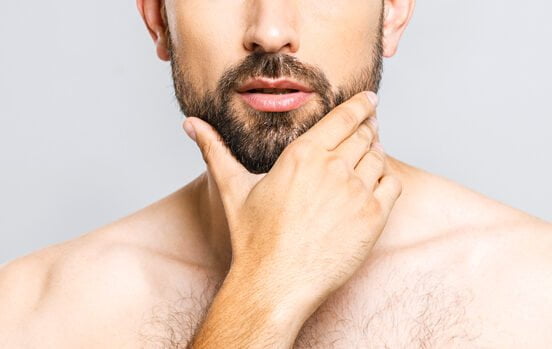
Medications and Topical Treatments
Your surgeon may prescribe medications such as antibiotics or anti-inflammatory drugs to aid in the healing process and prevent infection. It is important to take these medications as instructed. Additionally, you may be advised to apply a topical solution or ointment to the transplanted area to facilitate healing and minimize scarring.
Protecting the Transplanted Area
To protect the transplanted hair follicles, it is crucial to avoid any activities that may cause trauma or displacement of the grafts. Be gentle when washing your face, and avoid rubbing or scratching the transplanted area. It’s also advisable to avoid direct exposure to the sun and wear a hat or sunscreen when going outside.
Follow-Up Visits
Your surgeon will schedule follow-up visits to monitor your progress and ensure proper healing. During these visits, the surgeon will assess the growth and condition of your transplanted beard and address any concerns or questions you may have. Attending these follow-up appointments is essential for the long-term success of your beard transplant Turkey.
FAQs About Beard Transplants
It takes time for the transplanted hair follicles to establish themselves and start growing. Typically, you can expect to see noticeable results within 3 to 6 months. However, the full results may take up to a year as the transplanted hair gradually thickens and matures.
During the beard transplant procedure, local anesthesia is used to ensure your comfort. (Sedation is possible when patient wants 0 pain.) While you may experience some mild discomfort or soreness in the days following the surgery, it is generally well-tolerated. Your surgeon may prescribe pain medication to alleviate any discomfort during the recovery phase.
Yes, the results of a beard transplant are permanent. The transplanted hair follicles are typically resistant to the effects of DHT, the hormone responsible for hair loss in androgenetic alopecia. However, it’s important to note that natural hair aging and loss may occur over time in areas not affected by the transplant.
Yes, once the transplanted hair has fully grown and matured, you can trim or shave your beard just like you would with natural facial hair. The transplanted hair will continue to grow and behave like regular beard hair, allowing you the flexibility to style and groom it to your liking.
Like any surgical procedure, there are potential risks and complications associated with beard transplants. These may include infection, bleeding, scarring, or temporary shock loss of transplanted hair. However, choosing an experienced and reputable surgeon, following proper aftercare instructions, and maintaining good overall health can significantly minimize the risk of complications.
The cost of a beard transplant can vary depending on several factors, including the extent of the procedure, the number of grafts required, and the geographic location of the clinic. It is best to consult with a reputable clinic like The More Clinics for an accurate cost estimate based on your specific needs.
The More Clinics: Your Trusted Partner in Beard Transplant Antalya Turkey
So, if you’re ready to say goodbye to a patchy beard and hello to a full and striking facial hair, don’t hesitate to embark on your beard transplant Antalya Turkey journey. Consult with a qualified surgeon, discuss your goals and expectations, and take the first step towards a beard that truly reflects your desired style and confidence.
At The More Clinics, we’re dedicated to providing personalized care throughout your beard transplant in Turkey Antalya journey. Our experienced medical professionals will guide you through each step, ensuring optimal results and patient satisfaction.
GET A FREE CONSULTATION!
Let’s Start Planning Your Treatment %100 Guarantee Results.
Medically Reviewed by Dr. Seda Erdoğan who specialized on Hair Transplants, Dermatology
